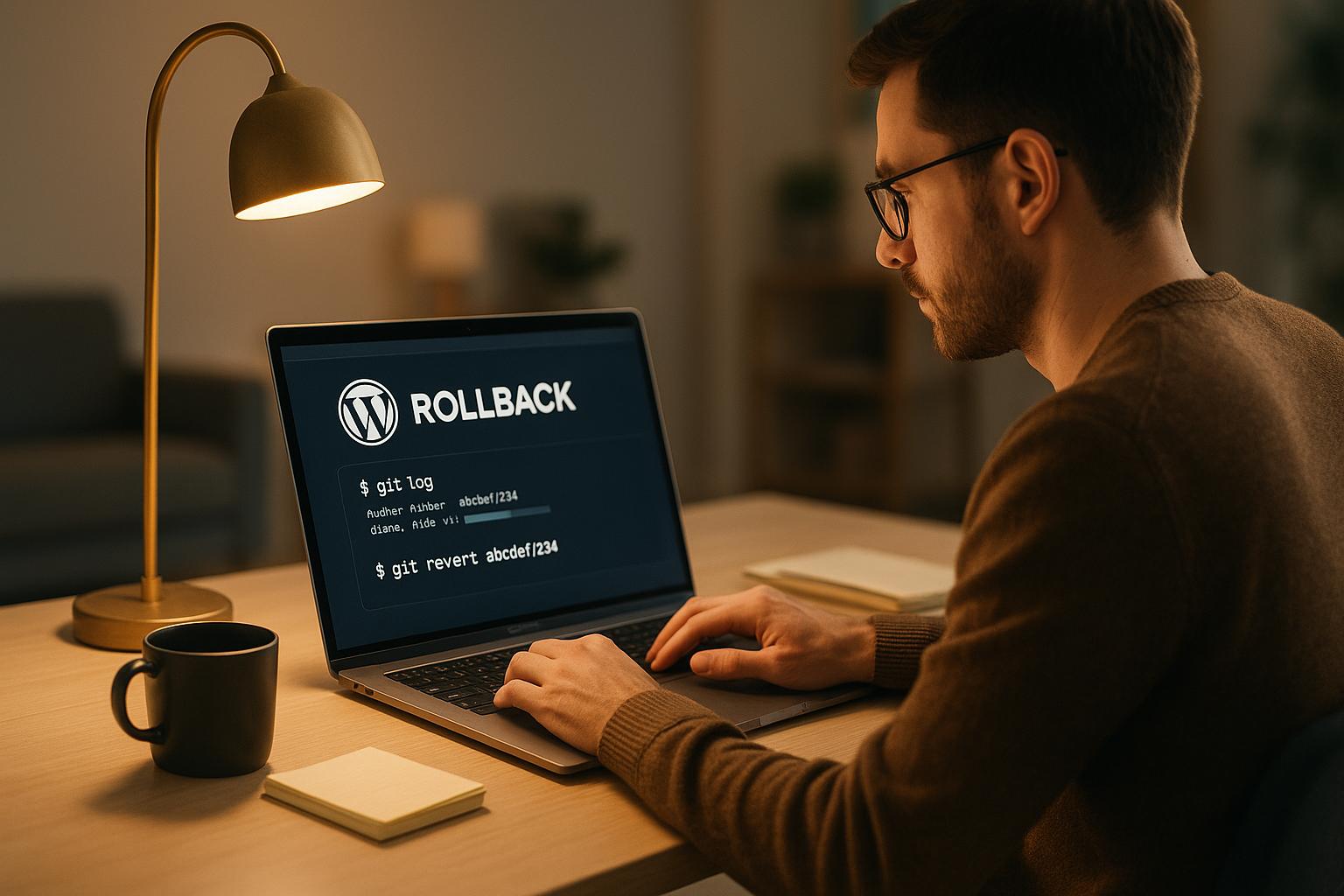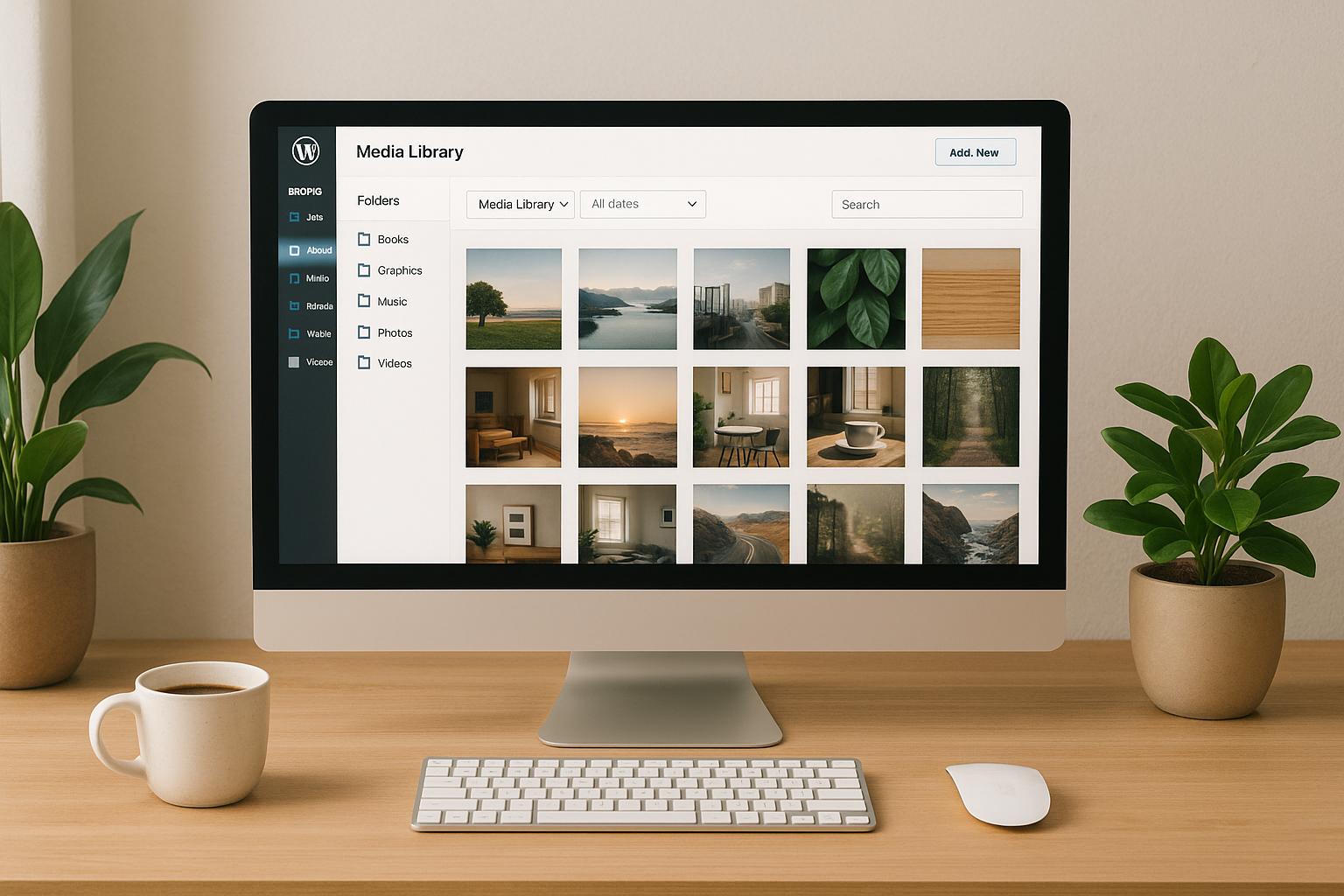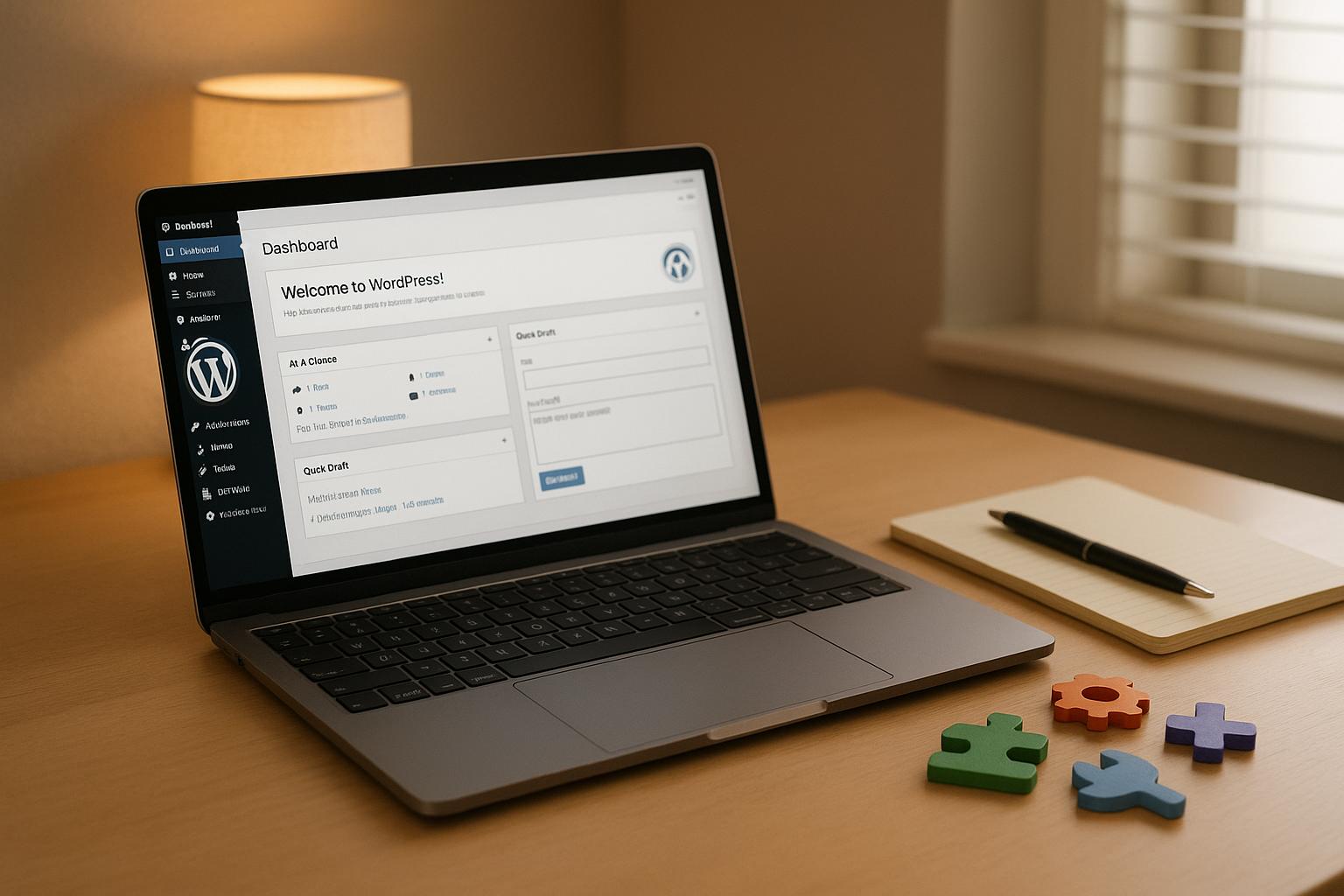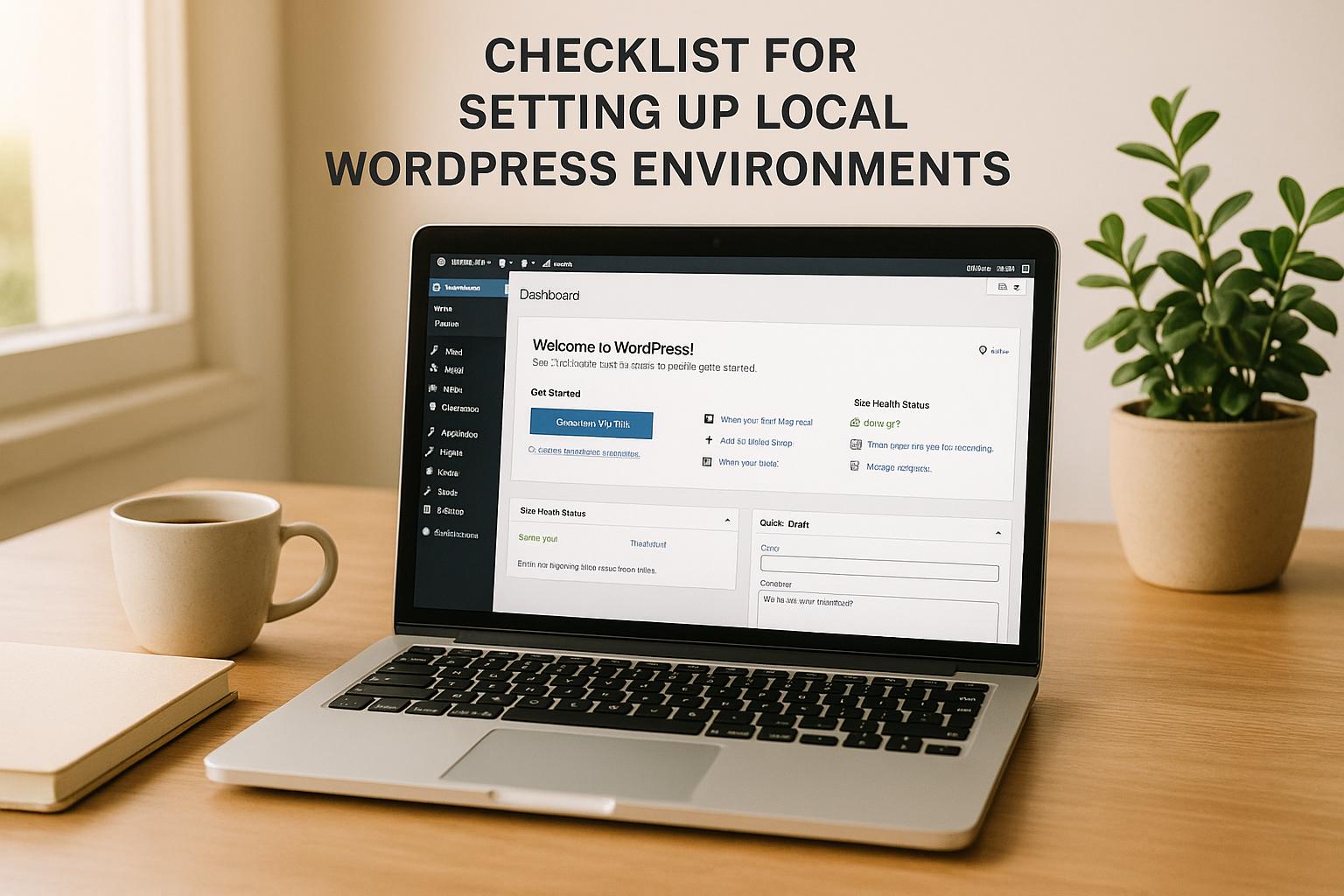When only a handful of people have access to your site, WordPress user roles and permissions don’t have to be at the top of your priority list.
However, if you manage a much larger site and everyone from developers and editors to admin staff have access to it, things need to be managed slightly differently.
By taking the time to correctly manage website user roles, you greatly enhance the security of your site.
Let’s start with the basics.
WordPress User Roles – An Overview
If you aren’t too familiar with WordPress user roles and permissions, here is what you need to know.
Role 1: Super Admin
This is not a role that all website owners are familiar with. Probably because it is only available on a WordPress Multisite. Along with all the usual permissions an Administrator has, a Super Admin can make high-level changes at a network level. This includes creating and deleting sites and removing network users and themes. Ensuring the wrong people don’t have these kinds of permissions is critical to the integrity of your site.
Role 2: Administrator
If you have a regular WordPress site, this is the highest role you can assign a user. An administrator has access to all features, including creating and editing content, installing and deleting plugins and adding new users. Incorrectly assigning an Administrator role can leave your site vulnerable.
Role 3: Editor
As you might already know, an Editor manages content on a WordPress site. Meaning, they can create, edit, delete and publish both pages and posts, even if another user created them. They are also in charge of moderating comments and can create and manage categories.
Role 4: Author
Anyone who purely creates content for a WordPress site is considered an Author. While they can’t access pages and the posts of other Authors, they can edit and publish their own posts. They also have the ability to add media to their content.
Role 5: Contributor
This is similar to an author but there are more restrictions. A Contributor can edit and delete their own posts, just not publish them.
Role 6: Subscriber
Last but not least, there are Subscribers. The only thing that a Subscriber can do is access their profile, alter their password and read and comment on content.
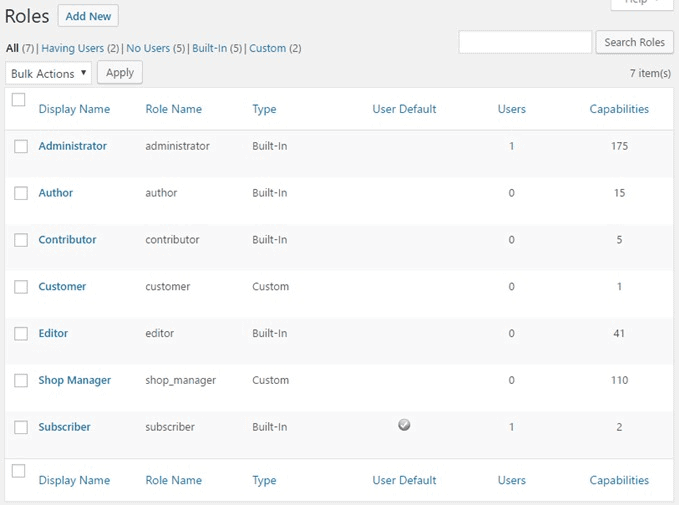
The Importance of WordPress User Roles and Permissions Management
There are two main reasons why you should make user role management a priority as a website owner or manager.
Keep Your Website Secure
A WordPress Administrator has a lot of control over your site. Providing the wrong person with admin permissions is a massive security risk. Even if you feel you can trust someone, without a proper understanding of the WordPress platform and the potential security risks, it is still a risk.
To keep your site secure, it is important to revaluate who has administrative rights and decide whether it’s essential that they do. If your company has recently undergone staff changes, make sure any admin rights are revoked where necessary.
This is particularly important if you handle customer data. Poorly assigned roles can lead to a bad user experience and put your business reputation on the line.
Better Manage Employees & Contributors
On the plus side, better user management can benefit your business. Putting the right roles and permissions in place will make it easier to assign responsibilities and tasks. This is especially helpful if you work with freelancers who you don’t interact with daily.
There are a number of plugins that are specifically designed to make user role and task management more detailed and useful for larger teams.
Some of the plugins I recommend are Members, User Role Editor and WPFront User Role Editor.
The other option is to get a WordPress expert to assist you – this is how to find one near you.
In Closing
Overall, WordPress user role and permission management is important regardless of the size of your site. It is simply more pressing if you have a larger, international site, especially one that handles sensitive data.
Not only is it great for managing your team but it’s one additional security layer for your site.




